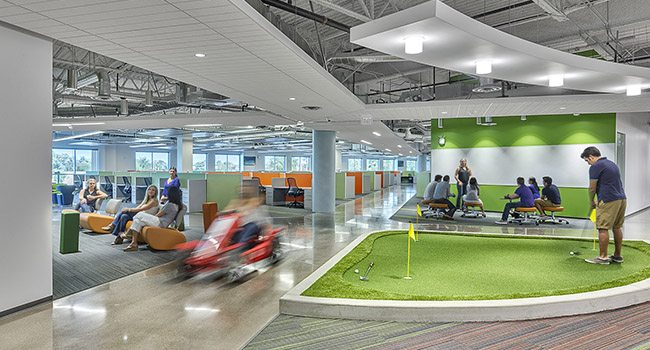 Foreign investors are taking measured risks in secondary and tertiary markets in order to secure yield premiums on their investments that are unavailable in more traditional gateway markets.
Foreign investors are taking measured risks in secondary and tertiary markets in order to secure yield premiums on their investments that are unavailable in more traditional gateway markets.
Historically, foreign investments into the United States real estate market have predominately involved assets and projects in gateway markets like, San Francisco, Los Angeles, New York and Boston. The recent $950 million portfolio deal for 48 properties across 20 states signifies a shift in foreign investment strategy away from traditional gateway markets and into secondary markets like Phoenix.
China Life, one of China’s largest insurance companies, partnered with ElmTree Funds, a St. Louis-based real estate private equity firm, for a 95-percent stake in its single-tenant net lease portfolio totaling more than 5.5 million square feet across the U.S. Following the close of the deal, China Life and ElmTree will jointly manage the properties.
That includes the two-story, 150,000-square-foot GoDaddy Global Technology Center at the ASU Research Park, which was built by Ryan Companies in 2014 and is currently fully-leased.
Chris Toci, executive managing director of Cushman & Wakefield’s Capital Markets Group, has nearly 20 years of experience with investment sale transactions including deals executed with each of the top three investment managers in the world: Clarion Partners, Prudential Real Estate Investors and RREEF.
When asked about the significance of the deal and potential greater market implications, he says, “The trend that you’ll see is more capital making its way into secondary markets like Phoenix.”
Rather than buying a 1.8-million-square-foot office tower in Manhattan, N.Y. for $1.65 billion like China Life did last year, a large single-tenant net lease portfolio of assets in secondary and tertiary markets like this $950 million deal may generate 6-8 percent yields.
While an investor may get 4-5 percent yields on a $1,000 per square foot office building in San Francisco, Toci asks, “Then where do you go from there? Do you sell it for $2,000 per square foot?”
Instead, they are choosing to target the 2-3 percent premiums in a secondary market like Phoenix, he explains.
The cause that Toci points to was the aggressive buying activity in gateway markets during the post-recession, which drove cap rates way down and ultimately improved investment opportunities in secondary markets.
For select assets and quality product like the GoDaddy facility in Tempe, Toci says, “You’re going to see more investor interest because everyone is starved for yield so they need to get some sort of premium.”
Greater Phoenix is one of these secondary markets in a good position to capitalize on increased investments as the local market experiences declining vacancies and rising rental across most product types.
“There’s a very good story unfolding for Phoenix,” says Toci, “We firmly believe Phoenix will do what it always does, which is grow aggressively.”
He is encouraged by the restriction on supply deliveries compared to previous cycles, absorption increases and rising rent rates.
“It’s been a long time coming,” he adds.




